Pineapple Plant
- October 31, 2023
- 0 comment
The pineapple plant, scientifically known as Ananas comosus, is a fascinating tropical fruit-bearing plant that belongs to the Bromeliaceae family. It’s renowned for its sweet, juicy, and tangy fruit, the pineapple, which is a culinary favorite worldwide. This tropical plant is native to South America but is now cultivated in many tropical and subtropical regions globally.

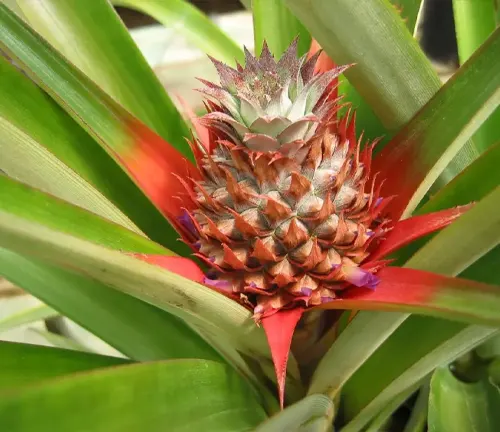
The pineapple plant is characterized by its rosette of long, spiky, and sword-shaped leaves that are often edged with sharp thorns. Its unique growth pattern results in a central stem that produces a single fruit at a time, and it can take up to two years for a single pineapple to reach maturity.
Pineapples are not only delicious but also rich in essential vitamins, minerals, and enzymes, making them a nutritious addition to diets. They are commonly used in a variety of culinary dishes, beverages, and desserts, as well as for juicing and as a refreshing, tropical snack. Moreover, the pineapple plant’s strong, resilient nature and striking appearance also make it a popular ornamental plant for gardens and tropical landscapes.
| Characteristics | Description |
| Scientific Name | Ananas comosus |
| Family | Bromeliaceae |
| Origin | South America |
| Growth Habit | Herbaceous, perennial |
| Leaves | Long, spiky, sword-shaped, with sharp thorns along the edges |
| Growth Pattern | Rosette formation |
| Fruit | Pineapple (An edible multiple fruit) |
| Fruit Maturity | Up to 2 years to reach maturity |
| Flowering | Produces a central stem that bears a single fruit |
| Nutritional Value | Rich in vitamins, minerals, and enzymes |
| Culinary Uses | Used in a wide range of dishes, beverages, and desserts |
| Ornamental Value | Often used in gardens and tropical landscapes for its aesthetic appeal |
| Cultivation | Thrives in tropical and subtropical regions |
| Propagation | Typically grown from the crown (top part of the fruit) or suckers (shoots at the base of the plant) |
| Watering | Prefers well-drained soil and regular, even watering |
| Sunlight | Requires full sun for optimal growth |
| Soil Type | Well-draining, slightly acidic soil |
| Pest and Disease Resistance | Generally hardy, but susceptible to mealybugs and scale insects |
| Height | Typically 2-4 feet (0.6-1.2 meters) |
| Temperature Tolerance | Intolerant of frost, prefers warm temperatures |
| Harvesting | Pineapples are ready to harvest when they have developed a sweet aroma and are slightly golden in color. |
Botanical Beauty of the Pineapple Plant
The pineapple plant, Ananas comosus, is not just a tropical delight for our taste buds but also a botanical beauty worth admiring. Its unique characteristics and appearance make it a striking addition to any garden or landscape. Let’s explore the fascinating botanical beauty of the pineapple plant.

Woodland Elegance
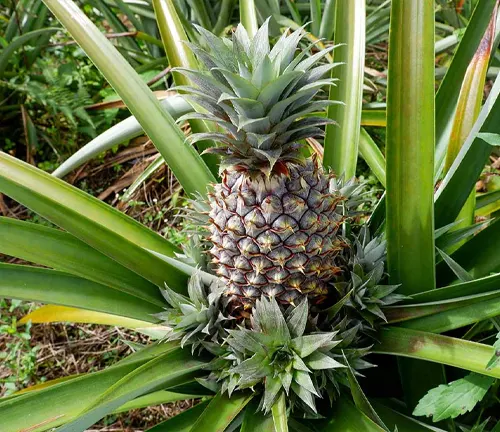
One of the most distinctive features of the pineapple plant is its rosette of long, spiky, sword-shaped leaves, often adorned with sharp thorns along the edges. This symmetrical arrangement creates a natural elegance reminiscent of a lush, tropical woodland. The leaves’ vivid green color and the plant’s overall structure add a touch of exotic allure to any garden, making it a popular choice for ornamental landscaping.
Ecological Importance
Beyond its aesthetic appeal, the pineapple plant plays a crucial role in its native ecosystem. It provides habitat and sustenance for various wildlife, including birds and insects. The nectar-rich flowers attract pollinators, contributing to the reproduction of other plant species. As a member of the Bromeliaceae family, the pineapple plant also assists in moisture regulation within its habitat by capturing and storing rainwater in its leaf bases, thus influencing local microclimates.
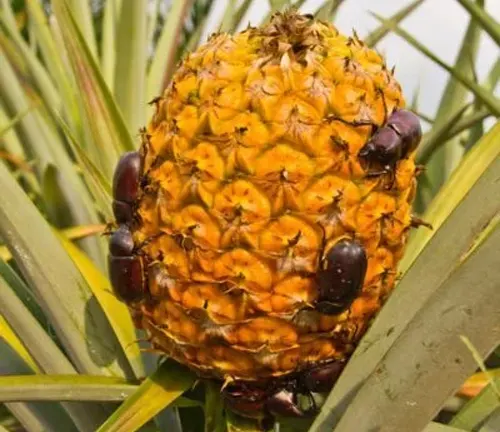
Cultivation and Conservation
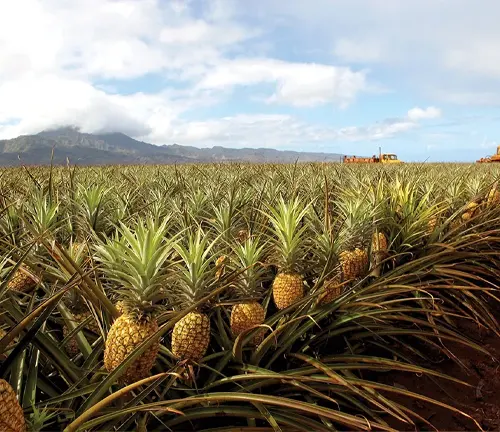
Cultivating pineapple is not only about harvesting delicious fruits but also about preserving an essential tropical plant. Pineapple cultivation is a source of income for many communities in pineapple-growing regions. However, responsible cultivation practices are vital to prevent habitat destruction and the overuse of resources. Conservation efforts aim to strike a balance between economic benefits and environmental preservation, ensuring the pineapple plant’s continued existence.
Fragrance
Pineapple plants delight not only the eyes but also the olfactory senses. When in bloom, they emit a sweet and tropical fragrance that adds to their overall charm. The scent, reminiscent of the juicy fruit it bears, can transport you to a distant, sun-soaked island with a single whiff.
Soil Stabilization
Another remarkable feature of the pineapple plant is its ability to aid in soil stabilization. The roots help prevent soil erosion, making it a valuable addition to landscapes in regions susceptible to heavy rainfall or erosion. This natural soil stabilization feature contributes to the plant’s ecological significance.
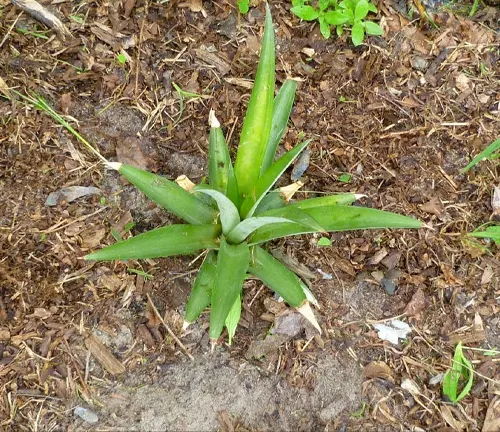
Common Uses
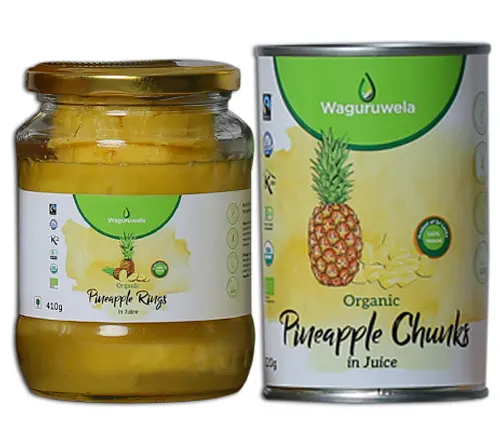

Pineapples are not only appreciated for their captivating appearance but also for their numerous practical uses. Beyond the delicious fruit they yield, pineapples are used to produce fibers and textiles. The tough and durable leaves of the pineapple plant can be processed to create a unique type of fabric known as piña cloth, which is used for traditional clothing and crafts in some cultures.
Benefits
Aside from being a delectable tropical treat, pineapples offer a host of health benefits. They are a rich source of vitamins, particularly vitamin C, and minerals like manganese. The bromelain enzyme found in pineapples is known for its anti-inflammatory and digestive properties. Additionally, pineapple consumption is linked to improved immune function and skin health.
Different Species
Red Pineapple
(Ananas bracteatus)
This species is known for its striking reddish or purplish coloration on its leaves and bracts. It is primarily grown as an ornamental plant and doesn’t produce the edible fruit that we associate with the common pineapple.

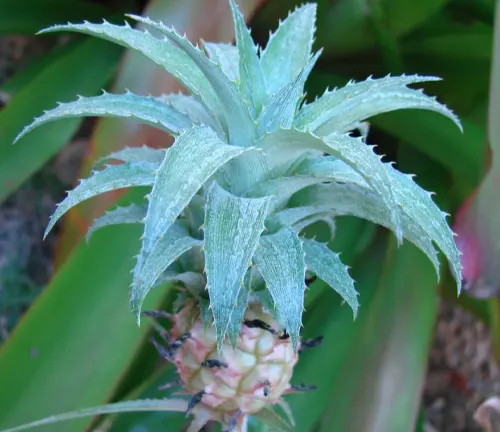
Queen Victoria Pineapple
(Ananas ananassoides)
This species is native to South America and is smaller in size compared to the common pineapple. It is mainly grown for ornamental purposes and doesn’t produce large fruit suitable for consumption.
Pitcairnia Species
Pitcairnia is a genus within the Bromeliaceae family, and some species within this genus are referred to as wild pineapples. These wild pineapples are not typically grown for fruit but are valued for their attractive foliage and are found in various tropical and subtropical regions.
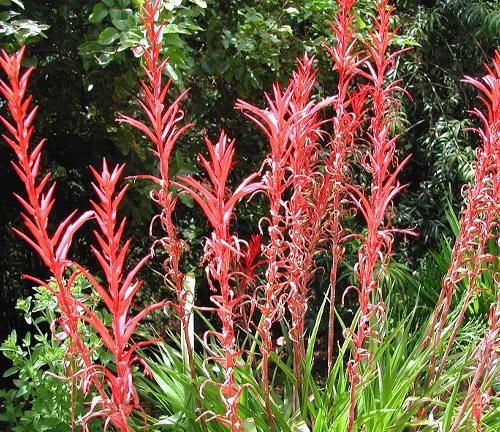
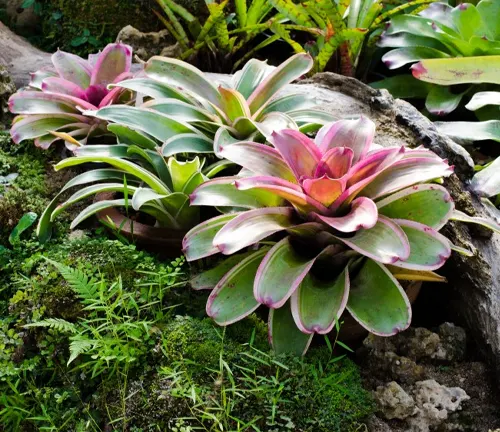
Bromelia Species
Another genus within the Bromeliaceae family, Bromelia includes several species that are related to pineapples. They are often used as ornamental plants and also produce smaller, less sweet fruit compared to the common pineapple.
Wild Pineapple (Ananas nanus)
This wild pineapple species is native to Brazil and is known for its small, inedible fruit. It has a more compact growth habit and is often grown as an ornamental plant.
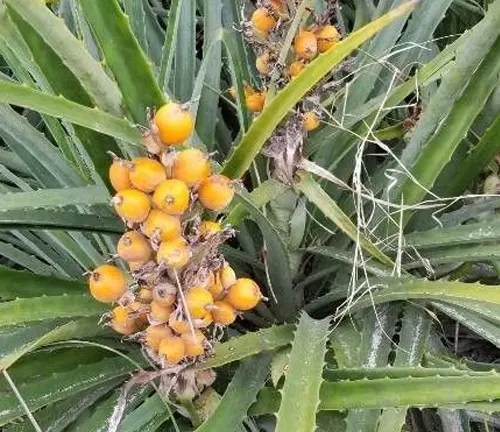
Frequently Asked Questions (FAQs)
- How do I grow a pineapple plant at home?
You can start by planting the top (crown) of a pineapple fruit in well-draining soil. It’s essential to provide plenty of sunlight and water to help it grow. - How long does it take for a pineapple plant to produce fruit?
It can take up to two years for a pineapple plant to produce a mature fruit. Patience is required. - What type of soil is best for pineapple plants?
Pineapple plants thrive in well-draining, slightly acidic soil. Sandy or loamy soil is often preferred. - How often should I water my pineapple plant?
Pineapple plants prefer regular, even watering. Ensure the soil is consistently moist but not waterlogged. - Can I grow a pineapple plant indoors?
While pineapple plants thrive in sunlight, you can grow them indoors near a sunny window. Just make sure they receive enough light. - Are there any common pests or diseases that affect pineapple plants?
Pineapple plants are generally hardy but can be susceptible to mealybugs and scale insects. Proper care can help prevent infestations. - Can I grow a pineapple plant from seeds?
While it’s possible to grow pineapple plants from seeds, it’s not the most common method. Starting from the crown (top of a fruit) or suckers (shoots at the base of the plant) is more common and yields quicker results. - When is the best time to harvest a pineapple?
Pineapples are ready for harvest when they have a sweet aroma and are slightly golden in color. The fruit should also give slightly when gently squeezed. - What are the nutritional benefits of pineapples?
Pineapples are a good source of vitamin C, manganese, and dietary fiber. They also contain an enzyme called bromelain, known for its digestive and anti-inflammatory properties. - How can I use pineapple plants for ornamental purposes?
Pineapple plants are popular ornamental additions to gardens and tropical landscapes due to their striking appearance. They can be grown as focal points or in decorative containers. - Can pineapple plants tolerate frost or cold temperatures?
Pineapple plants are sensitive to frost and cold temperatures. They thrive in warm, tropical climates and should be protected from cold weather.


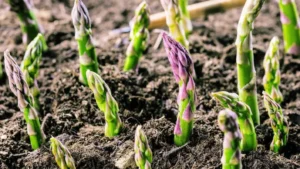
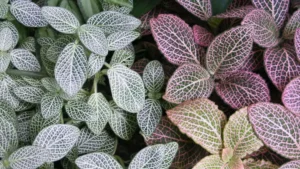
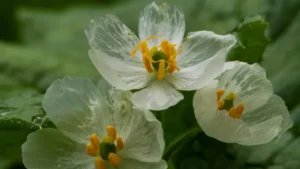
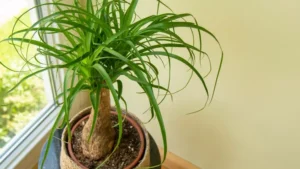
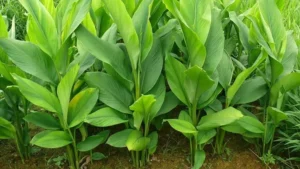

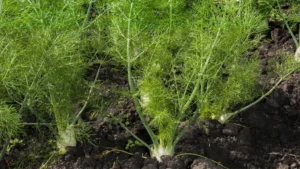

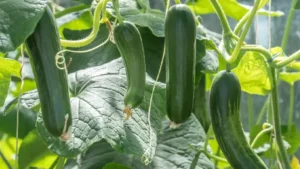
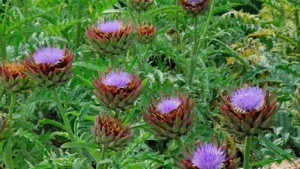
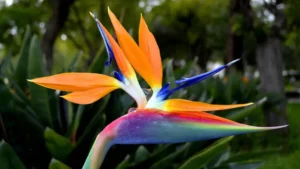
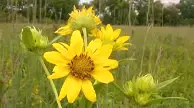
Leave your comment